Chidenguele – The landscape as a character
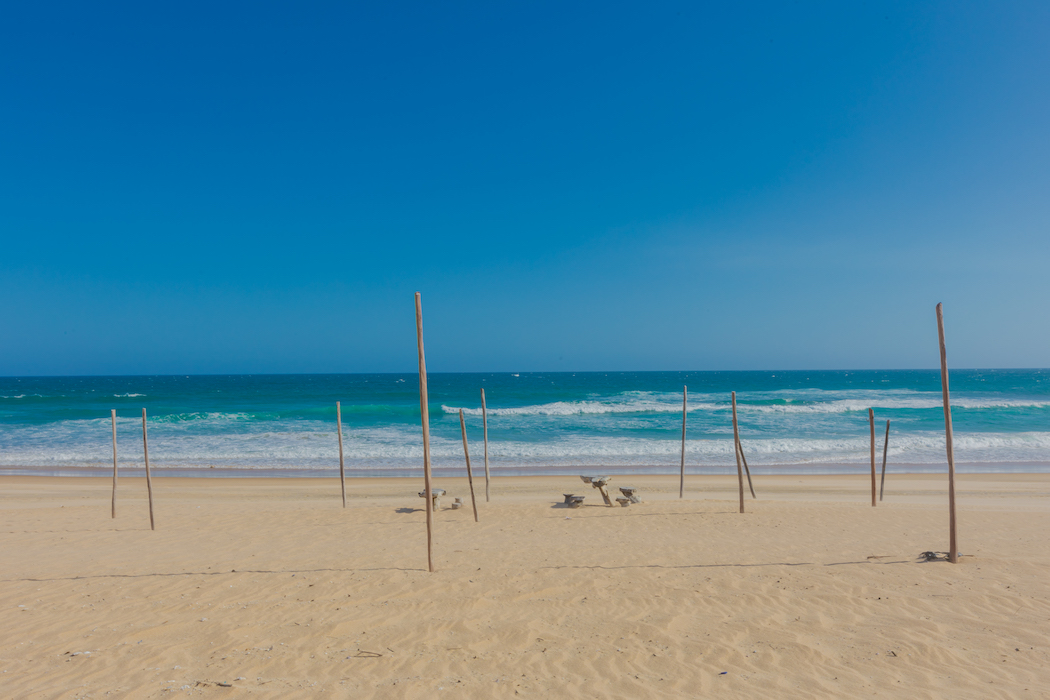
About 280 kilometres later, white stones meticulously placed on a dune covered in green announce the destination. The village is peaceful, animated by the whispers of women’s and men’s voices that come to us from the small market selling fresh produce, on the side of the road where salty winds blow as if showing the way to the sea we would reach.
Along dirt roads, open on trails where wild trees and herds of oxen ruminate their previous meal, a lagoon lurks, like a tongue hissing towards the fine, warm sand. Then, we lost it on the horizon. We will find it again in this space that was named after its presence: Lake View Resort. Nhambavale – that’s what the people call it and we discover here where the lagoon is shown to be bigger, almost a sea; but, despite the incitement of the winds, he learned the patience to remain in the same place. But you can’t see the whole thing, there’s a high piece of land, the hint of a hill, that get in the way. At dusk, the image we have is of the sun with imploding rays settling behind the hill, away from our eyes, like a baby cuddling in our arms. But it leaves its trail over the waters, as if announcing the paths of the worlds in which the day does not give in to the pressure of the approaching night. At this point, the lagoon wears the orange of the will-o’-the-wisp, the green of the trees on the bank, rocked by the winds that always bring the memory of the sacred salt. Again, the sea. The moon, which began to appear discreet when the sun was still a physical memory, fills up until it becomes a silver iris on the black cloth of the night – there are pirates lurking at us from the sky.
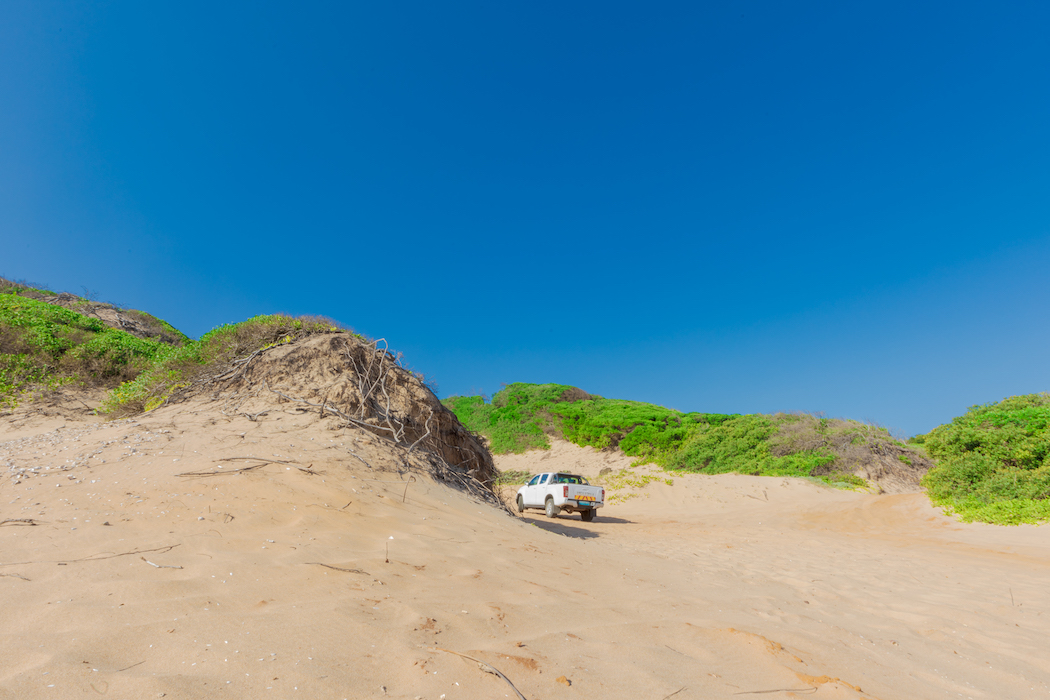
At Lake View, the lagoon is shown to be bigger, almost a sea; but, despite the incitement of the winds, he learned the patience to remain in the same place.
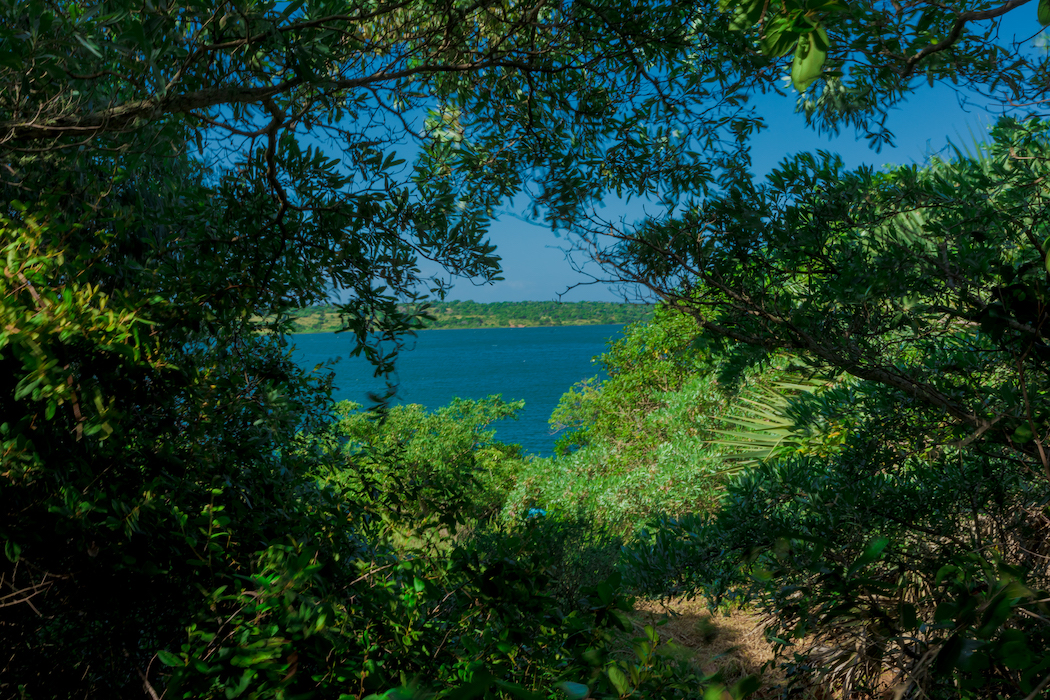
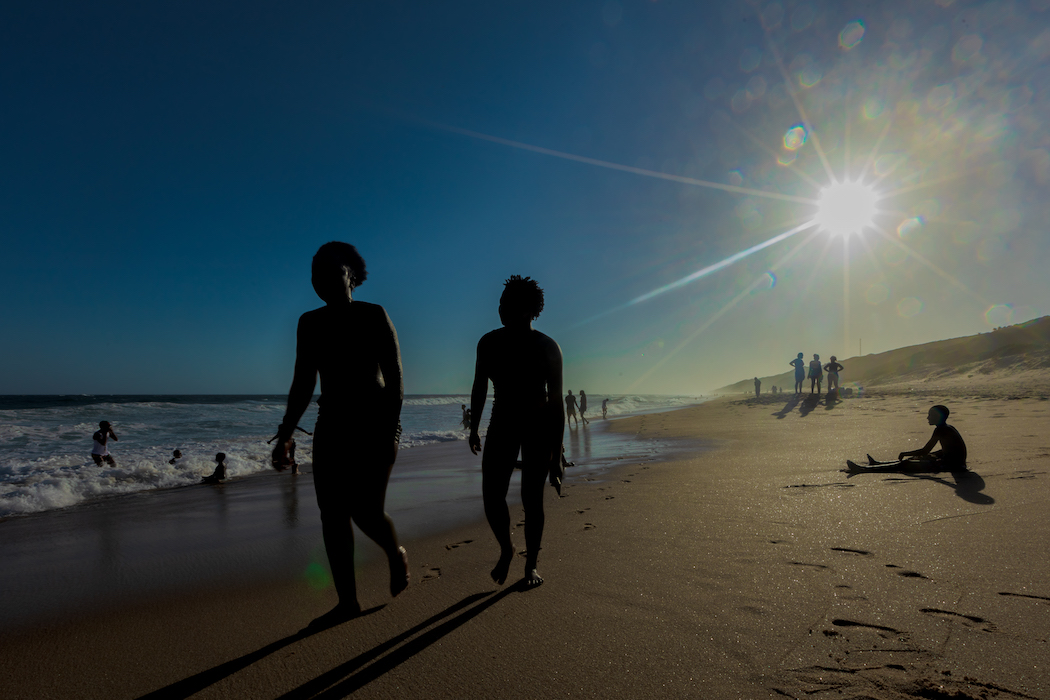
At sunset, the sun leaves its trail over the waters, as if announcing the paths of the worlds in which the day does not give in to the pressure of the approaching night.
The sea we would reach the next day is violent, reminiscent of the violence of the sea that made Barcolino – whose sad story we know – a living dead, in Lucílio Manjate’s novel in which the sea is both landscape and character.
This sea, that of Chidenguele, grows with the foam of the waves to quench the thirst of the desert shore. In that landscape of dunes crowned by bushes that the wind lifted from the whitish sand, where the sun is sharp, orange crabs can be seen for fleeting moments, before they burrow under the threat of our footprints creasing the damp earth. The burrows, I assume you have already heard, while serving as a place for the crabs to protect themselves, say a lot about the size of the male who excavated them and who is inside, which makes it easier for the females to choose the burrow of bed and the male for mating.
The lagoon, made of salt water by the sea winds, also allows for swimming.
We then found out about the stakes implanted as supports of a canopy for small benches and tables made of logs, eaten away by time, but which resist in the name of what they once were or what they can always be again: a space for celebrations of love, with the sea serving as a soundtrack. This is the side of the beach for those who dream of the intimacy of the sea, dream of learning the secret of the tides that gave birth to the land and all the life that followed. The whelks that arrive encircled by the waves whisper these stories in our ears.
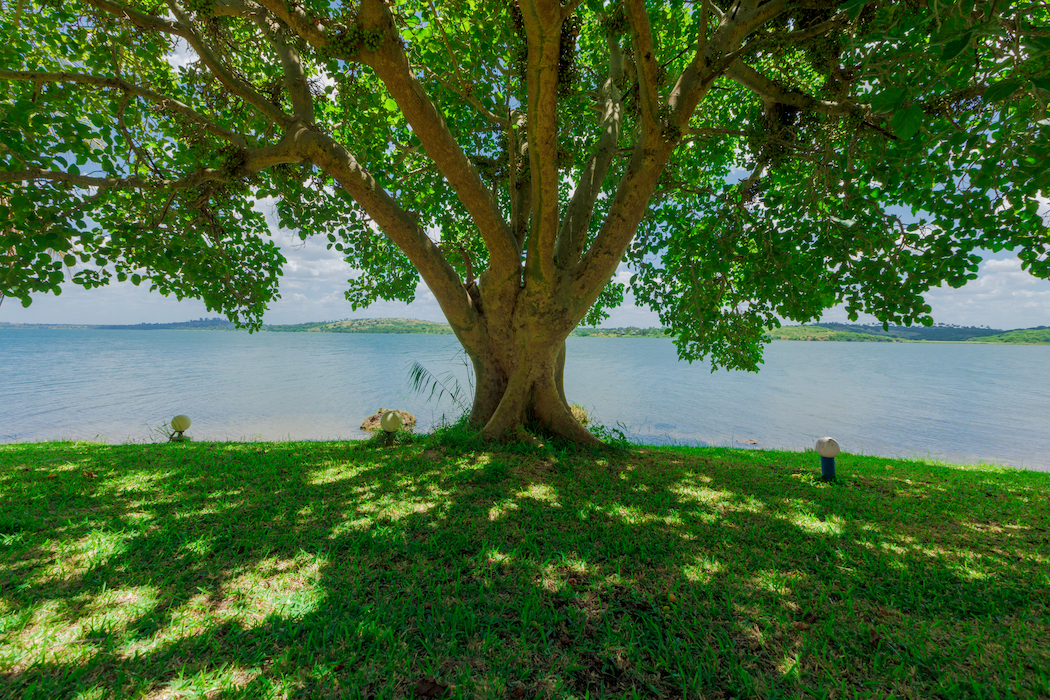
But as if there were an invisible iron curtain, as if the waters were different, there is another side of this beach for those who want to meet humanity again. If we thought that long periods of confinement could make us think that humanity too had lost the habit of mornings, that men and women would return as if walking on Mars, at the first sign of freedom; the images that reach us from here belie it. There is a lively group of teenagers who play ball; a couple that enjoys the fading of the waves in the shells; children who build the castles that will crumble in the first great wave; friends who make their hands bases that serve as a springboard for pirouettes that return them to the sea. We understand then why birds, even if raised in captivity, do not unlearn the ambition to reach the clouds.
▶HOW TO GO
From the city of Maputo, it is a car journey of close to 280 kilometres. To get to the lagoon, you will have to drive just over 20 kilometres and then turn to the beach for another 10 kilometres.
▶WHAT TO DO
A trip to the beach, on the quieter side, allows this reunion with the sea. The busier side gives this immersion in the experience, with others always required. The lagoon, made of salt water by the sea winds, also allows for swimming. But, if you want to go further, there are jet skis that can be rented at the hotel resorts. Horseback riding by the sea, this cinematic image, is always revitalising.
▶ WHERE TO EAT
Lake View Resort’s restaurant offers a more classic menu. But you can try the cuisines of several restaurants along the lagoon or the beach, with a menu deeply marked by land and sea.
▶WHERE TO SLEEP
There are several hotel resorts. But the Lake View Resort allows for this deep immersion into the Nhambavale lagoon experience.
▶WHAT TO WATCH OUT FOR
Always using a 4×4 vehicle, especially on the trail to the beach, where the terrain becomes even more treacherous, is essential. Drive carefully on the trails. After all, villagers and herds of oxen taken to graze are always nearby. The beach is relatively violent, so swimming can be dangerous.
Issue 72 Mar/Apr | Download.
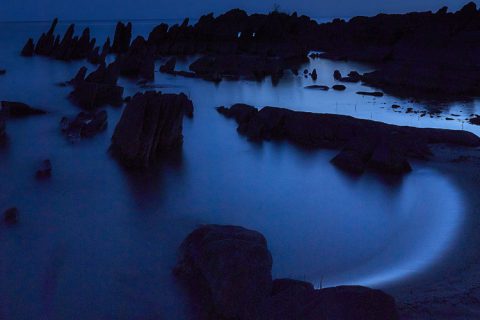
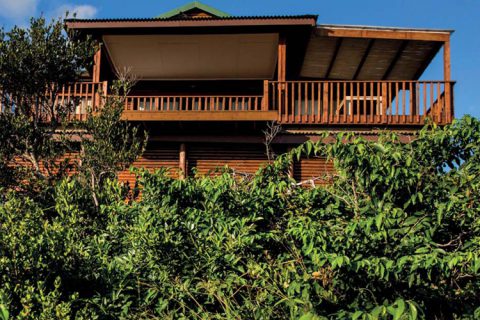

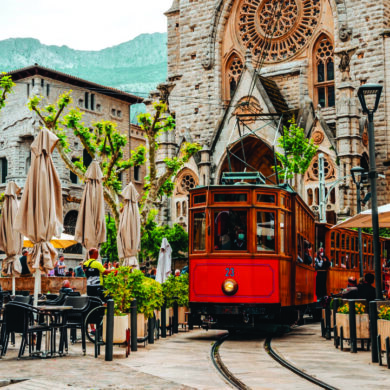

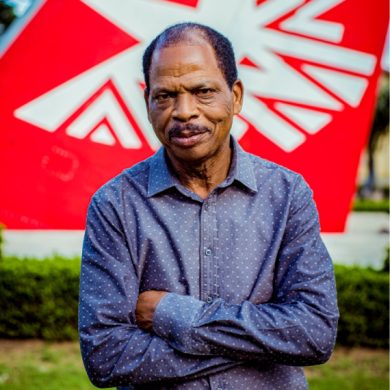
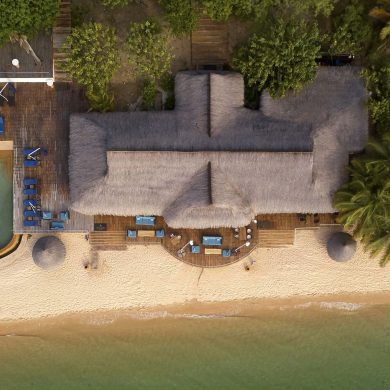
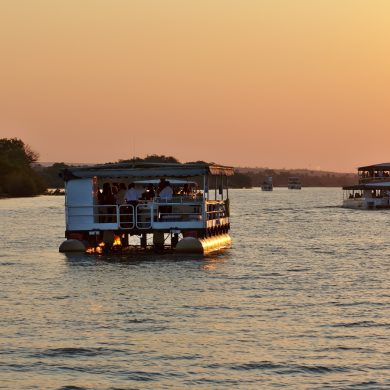
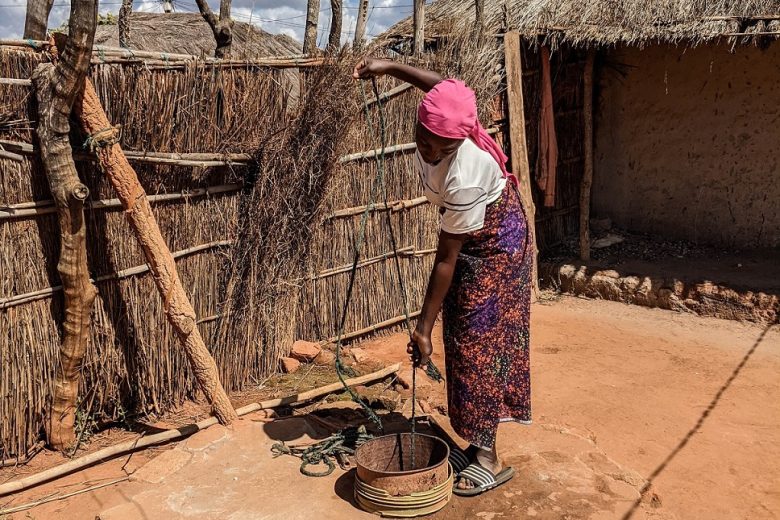
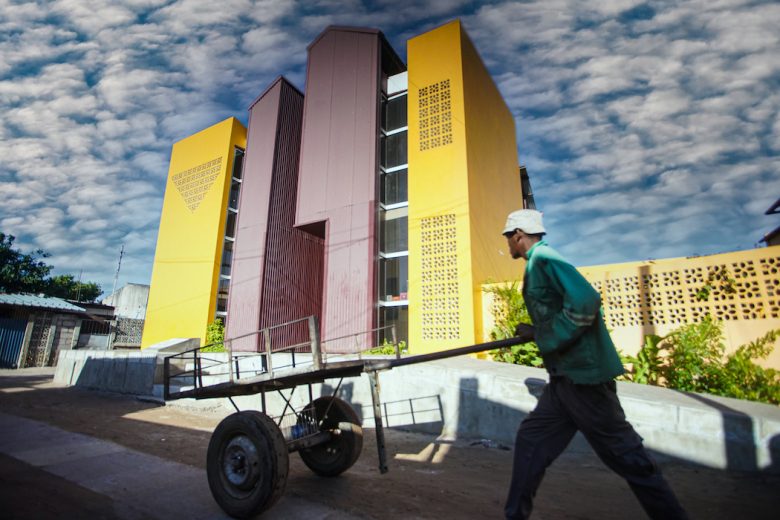

















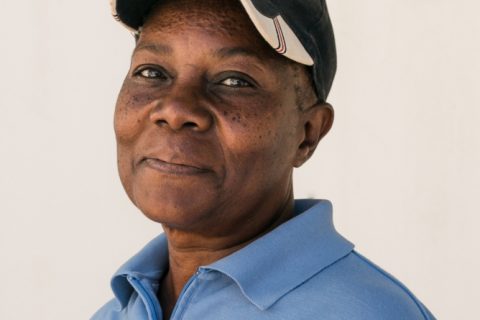
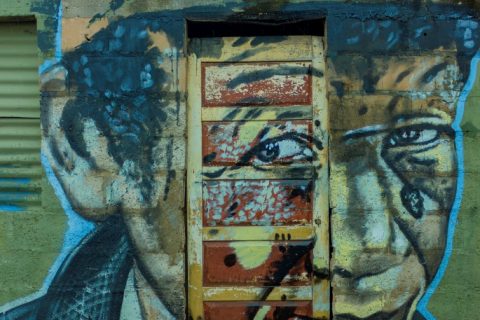


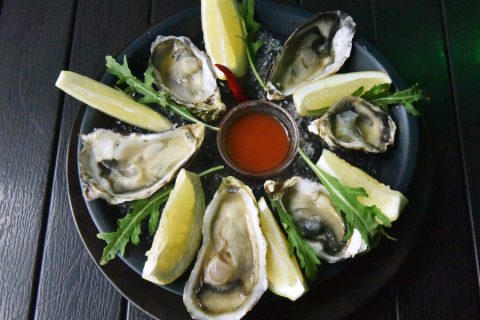
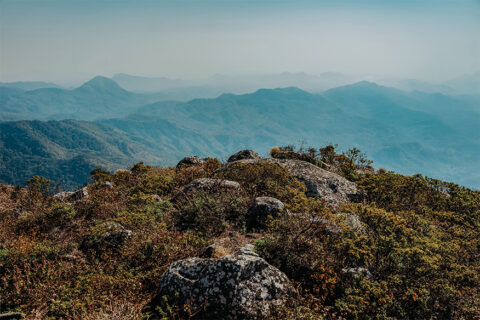


0 Comments